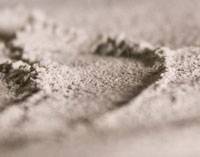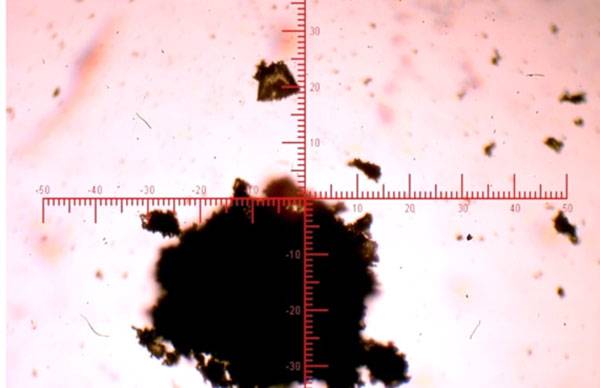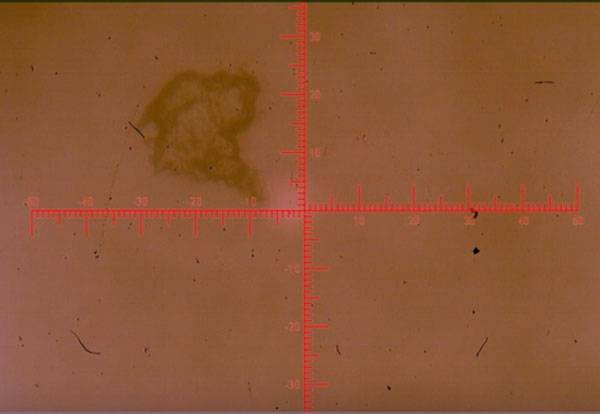The main feature of the AVS devices, while pulverizing solid materials, are the multiple and frequent shocks and friction forces, which does not only cause pulverization of solid particles, but also activation of their surface due to deformation of the crystal lattice.
To confirm this, we experimented by atomizing 400 grade Portland cement for use as an additive in quick settling cement mix for high vibration and dynamic forces.
Since cement hydration begins on the surface of cement particles, the total area of the particles defines the amount of material which can be hydrated. Therefore, the rate of hydration depends on the particle size, fine grinding being necessary for quick increase of strength.
The main feature of the AVS devices, while pulverizing solid materials, are the multiple and frequent shocks and friction forces, which does not only cause pulverization of solid particles, but also activation of their surface due to deformation of the crystal lattice.
In this test we used 500 grams of 400 grade Portland cement, pulverized by steel ferromagnetic elements for 30 minutes.
Particle size distribution was measured using 0.08, 0.05 and 0.04 sieves.
For simplicity of calculation, we took a standard sample of 100 grams, dried it at 105 – 110°С in a drying cabinet for 2 hours and then cooled it in a desiccator.
Using a mechanical sieving device, we screened the sample through 0.08 and 0.05 sieves. All of the material passed through both sieves, while the 0.04 sieve captured thirteen grams of the material, that is, 13% of the total mass.
A manual one minute rescreening on paper, with the bottom removed, was performed. According to standard, the allowable portion is 15%, 2 percent more than what we received.
From the portion screened through the 0.04 sieve, we took several samples of the material to measure fineness through an optical microscope and to compare the results with the initial material.
You can see the comparison in the photos made using the microscope.
- Linear magnification and numerical aperture of the lens with a videoadapter for the initial material is achromatic 10/0.25, calculated limiting resolution is 2.3 micron.
- Linear magnification and numerical aperture of the lens with video adaptor for the pulverized material is achromatic 60/0.85, calculated limiting resultion is 0.4 micron.



